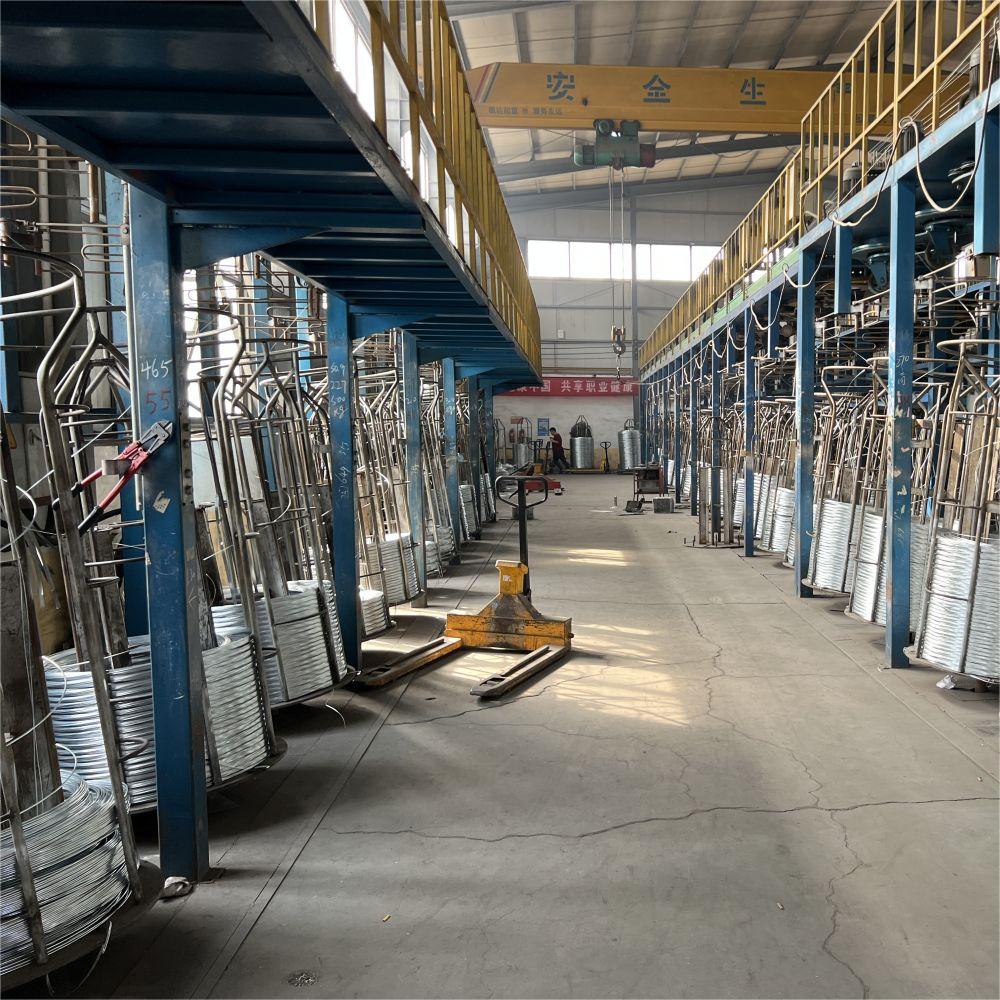wire mesh wire size
Understanding Wire Mesh Wire Size A Comprehensive Guide
Wire mesh is a versatile material used in a wide array of applications, from construction and manufacturing to agricultural and decorative purposes. It consists of a grid of wires that are woven or welded together to form a mesh structure. One of the most crucial factors influencing the performance and suitability of wire mesh for specific applications is the size of the wire used to create it. In this article, we will explore the significance of wire mesh wire size, its measurement units, and its impact on various applications.
Importance of Wire Size
The wire size in a wire mesh dictates not just the strength and durability of the mesh, but also its weight, appearance, and the size of the openings within the mesh. A larger wire diameter typically results in a more robust and durable structure, making it suitable for high-stress environments such as construction or heavy-duty fencing. Conversely, smaller wire diameters offer more flexibility and can be used in applications requiring finer filtration or delicate designs, such as in art installations or decorative screens.
Measurement Units
Wire size is commonly measured using several systems, including standard wire gauge (SWG), American wire gauge (AWG), and inches or millimeters. The SWG system is mainly used in the UK and indicates the diameter of the wire. For example, a 10 SWG wire has a diameter of approximately 3.25 mm, while a 20 SWG wire has a diameter of around 0.81 mm. AWG, predominantly used in North America, operates similarly, where a lower gauge number corresponds to a thicker wire. Understanding these measurement systems is crucial when selecting wire mesh for specific needs, as different applications may require differing sizes for optimal performance.
wire mesh wire size

Impact on Applications
The choice of wire size can significantly affect the functionality of wire mesh in various applications. For instance, in construction, a thicker wire is often chosen for applications like reinforced concrete and scaffolding, where structural integrity is paramount. Such wire meshes can withstand heavy loads and resist deformation under stress.
On the other hand, in agricultural settings, wire mesh with smaller diameters is often used for fencing. This ensures that it can keep smaller animals out while maintaining visibility and air circulation. Moreover, in filtration applications, fine wire mesh is essential for preventing contaminants while allowing the desired materials to pass through freely.
Aesthetics also play a crucial role in applications such as interior design. Designers often use wire mesh with a thinner diameter to create visually appealing structures, such as partitions and decorative grids, without overpowering the surrounding decor.
Conclusion
In conclusion, the wire size of wire mesh is a fundamental consideration that affects its performance, application, and aesthetic qualities. Whether you are looking for strong, durable mesh for construction or elegant designs for interior decoration, understanding wire mesh wire size, along with its measurement systems and implications on application, is essential. By carefully selecting the appropriate wire size, you can ensure that your project meets its specific needs while optimizing performance and durability. Always consult with suppliers or experts to make an informed choice tailored to your unique requirements.
-
Space-Saving Chain Fence Hacks Vertical Gardening with Cyclone MeshNewsJul.16,2025
-
Innovations in Iron Nail Wire Production for Modern ConstructionNewsJul.16,2025
-
Creative Uses of Wire Netting Fence in Modern Landscape DesignNewsJul.16,2025
-
Barbed Wire Fence Innovations in Anti-Climb TechnologyNewsJul.16,2025
-
Architectural Uses of Umbrella Nails for Aesthetic Roof DesignsNewsJul.16,2025
-
Architectural Uses of Razor Barbed Wire in Secure Urban DesignNewsJul.16,2025




